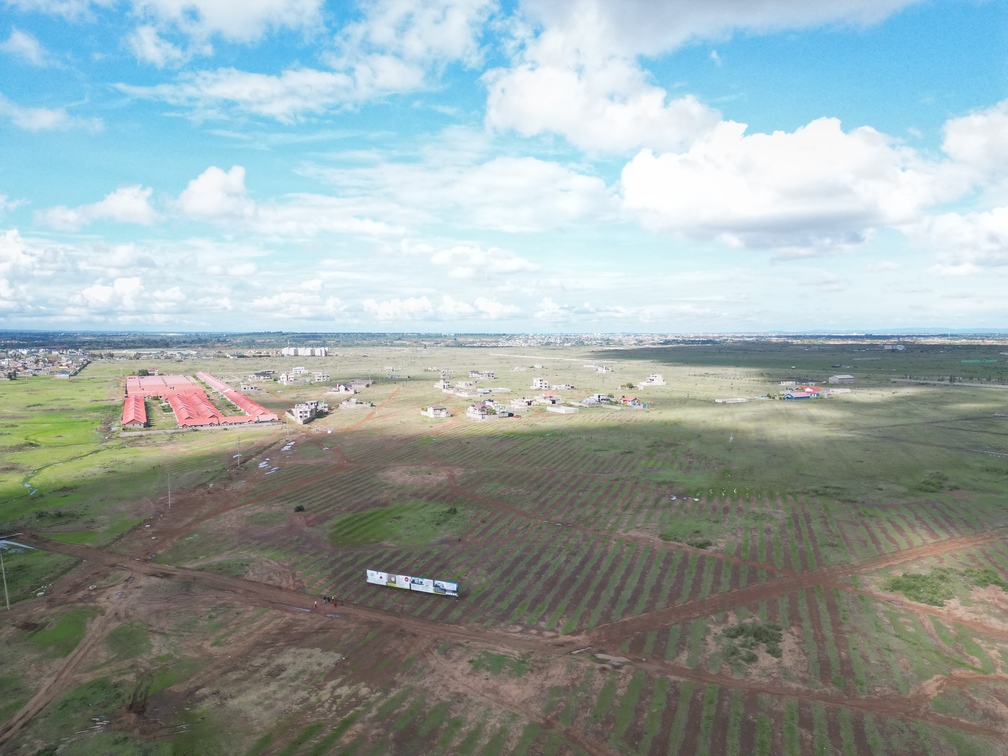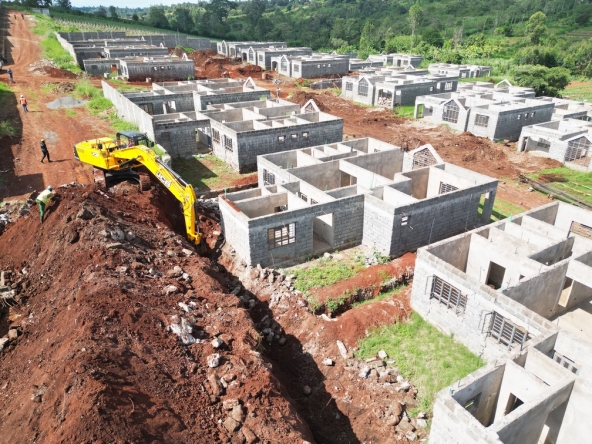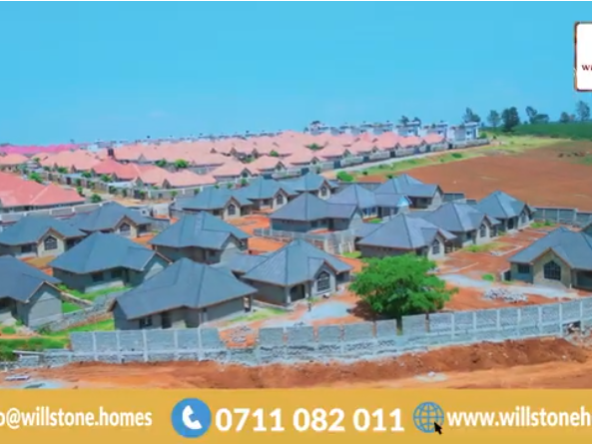In Kenya’s fast-evolving real estate market, one strategy continues to quietly shape wealth creation among patient investors: speculative land investment. Nowhere is this more apparent than in Nairobi’s satellite towns, where rapid infrastructural change, urban spillover, and a growing middle class are transforming once-overlooked rural fringes into prime real estate zones. Among the most talked-about areas are Juja and Mangu, both north of Nairobi and squarely in the path of urban expansion.
As traditional urban plots become prohibitively expensive, 50 by 100 plots in Nairobi’s outskirts are being snapped up not only by developers, but also by savvy long-term investors betting on appreciation driven by roads, universities, and technology hubs. But what exactly is speculative land investment, and why are places like Juja and Mangu becoming central to its story?
Understanding Speculative Land Investment in Kenya
Speculative land investment involves buying property—typically undeveloped plots—in areas projected to appreciate in value due to expected future infrastructure or demographic growth. It’s less about immediate utility and more about timing the market based on anticipated development. In Kenya, this often means acquiring land near proposed bypasses, industrial parks, or university towns before the value spike.
This strategy carries both promise and peril. While some investors have multiplied their wealth many times over by holding land near areas that later became hubs—think Thika Road after its expansion—others have been stranded with “infrastructure ghost plots”, where roads or services were delayed or rerouted.
Still, when executed wisely, it remains one of the most accessible and potentially rewarding entry points into real estate.
Read Also: A Landmark Moment: Willstone Homes Delivers Yet Again with Title Issuance for Brookview Estates
Juja: The Tech Corridor Bet
Juja’s rise as a speculative hotspot has been steady and strategic. Once considered purely an educational town thanks to Jomo Kenyatta University of Agriculture and Technology (JKUAT), Juja is now part of a growing tech and logistics corridor that stretches from Ruiru to Thika.
Major road upgrades and improved connectivity via Thika Superhighway have made Juja a natural spillover zone for Nairobi’s urban dwellers. The rise of nearby data centers and logistics parks has also brought with it a fresh wave of demand for residential and commercial development. Land in Juja is still relatively affordable, but prices have been climbing steadily.
For buyers seeking secure options in this zone, plots like those listed here are positioned near key amenities while still holding speculative upside.
Mangu: The Quiet Contender with High Altitude Value
Less talked about but equally promising is Mangu, located between Juja and Thika. Its appeal lies in its elevation, tranquility, and proximity to key institutions. Unlike more congested parts of Nairobi, Mangu offers expansive views and cooler climate—a quality now prized by retirees and working professionals alike.
Importantly, Mangu sits close to key transport arteries and is within a short drive to both Nairobi and Thika towns. Infrastructure plans proposed for the Kiambu–Machakos axis also place Mangu in a favorable speculative position.
If you’re considering a plot in a more peaceful but strategic location, options like those in Mangu found here represent a blend of affordability and future potential.
Read Also: The Rise of Blockchain in Real Estate: Transforming an Age-Old Industry
Why 50×100 Plots Are the Investor’s Favorite
In the Kenyan context, 50 by 100 plots (1/8th of an acre) are often considered the gold standard of land investment size. They are:
- Easily transferrable
- Compatible with most zoning and development plans
- Relatively affordable for middle-income buyers
- Ideal for both residential and light commercial purposes
In speculative markets like Juja and Mangu, the price entry point is low enough to allow for multiple acquisitions, making it easier to diversify holdings or resell selectively when prices rise.
Infrastructure and Market Timing: The Game-Changer
One of the biggest drivers of speculative value in satellite towns is proximity to infrastructure. Roads, power lines, water projects, and schools can dramatically shift land value. According to a 2023 report by HassConsult, land values in Nairobi’s outskirts increased by an average of 7.3% annually in areas where road expansion or urban planning projects were active.
However, the speculative game is not without risk. “Many investors have bought based on future promises that haven’t materialized,” says a Nairobi-based real estate researcher. “The key is to verify zoning, talk to locals, and confirm whether land control boards have approved developments in that area.”
That makes reputable sellers and transparent land documentation more critical than ever, especially in semi-urban areas where titling inconsistencies still occur.
Who’s Buying?
Speculative plots aren’t just for large developers. In recent years, individual buyers, Saccos, and Chamas (investment groups) have become the largest land buyers in Nairobi’s outskirts. Women-led groups and diaspora Kenyans are particularly active in acquiring land for future family use or resell.
In areas like Mangu and Juja, the typical buyer is between 30 and 50 years old, middle-income, and motivated by either:
- Long-term capital gain
- Future home construction
- Passive resale income
With the government’s push for the Affordable Housing Program and urban decongestion, these buyer demographics are likely to grow even further.
Read Also: Infrastructure Ghost Towns: What Happens When a Bypass or Interchange Bypasses Your Investment Zone?
Plot Prices and Trends in 2025
Prices vary based on distance from the highway and availability of amenities. Based on listings and agent reports:
- Juja plots closer to the highway average between KSh 1,400,000 to KSh 3,700000 million for 50×100 plots.
- Mangu plots, especially those in scenic or semi-developed areas, range from KSh 1,200,000 to KSh 2,500000 million.
As infrastructure expands and population pressures continue, land prices are expected to appreciate by 6% to 10% per annum in high-potential zones like Juja and Mangu.
It’s Still Early — But Not for Long
The beauty of speculative land investment in Kenya lies in its simplicity: buy low, wait, and watch the land mature alongside the town. But with satellite towns now central to Nairobi’s urban planning and investor attention turning sharply to second-tier zones, the window for affordable speculation is narrowing.
Areas like Juja and Mangu strike a rare balance — proximity, affordability, and promise. For investors with an eye on future returns and a stomach for patience, these zones remain among the best bets in the Nairobi real estate




